- Home
- Articles
- Architectural Portfolio
- Architectral Presentation
- Inspirational Stories
- Architecture News
- Visualization
- BIM Industry
- Facade Design
- Parametric Design
- Career
- Landscape Architecture
- Construction
- Artificial Intelligence
- Sketching
- Design Softwares
- Diagrams
- Writing
- Architectural Tips
- Sustainability
- Courses
- Concept
- Technology
- History & Heritage
- Future of Architecture
- Guides & How-To
- Art & Culture
- Projects
- Interior Design
- Competitions
- Jobs
- Store
- Tools
- More
- Home
- Articles
- Architectural Portfolio
- Architectral Presentation
- Inspirational Stories
- Architecture News
- Visualization
- BIM Industry
- Facade Design
- Parametric Design
- Career
- Landscape Architecture
- Construction
- Artificial Intelligence
- Sketching
- Design Softwares
- Diagrams
- Writing
- Architectural Tips
- Sustainability
- Courses
- Concept
- Technology
- History & Heritage
- Future of Architecture
- Guides & How-To
- Art & Culture
- Projects
- Interior Design
- Competitions
- Jobs
- Store
- Tools
- More
From Curb Appeal to Energy Efficiency: The Impact of Roof Design

The design of a roof plays a crucial role in various aspects of a building, from enhancing curb appeal to improving energy efficiency. The right roof design adds visual interest and affects the performance and durability of the structure. Different architectural styles, materials, and designs offer unique benefits, making it important for homeowners to consider their options carefully. With advancements in roofing technology and materials, understanding these options can help make informed decisions regarding property value and livability.

Table of Contents
ToggleUnderstanding Roof Design and Its Importance
Roof design extends far beyond mere aesthetics. It encompasses various elements, including pitch, materials, and color, all of which can influence energy efficiency. The pitch or angle of the roof can affect how well it sheds water and snow, which is particularly important in regions with heavy precipitation. A steeply pitched roof is more efficient in shedding snow than a flat one, reducing the risk of leaks and structural damage.
The materials used in roofing can significantly impact energy consumption. Metal roofs reflect more sunlight than asphalt shingles, leading to lower cooling costs during the summer months. According to the Department of Energy, reflective roofing can decrease energy use by up to 20%. This figure underscores the importance of selecting appropriate materials based on your regional climate and energy needs.
Boosting Curb Appeal Through Roof Design
Curb appeal is a vital element in real estate, as it can influence property value significantly. A well-designed roof adds to the character of a home, making it more attractive to prospective buyers. Various styles, such as gable, hip, or shed roofs, offer different visual impacts, and choosing the right one can enhance the architectural style of a building.
The addition of architectural details, like dormers or unique eaves, can further elevate a roof’s aesthetic appeal. These elements contribute to the unique character of a home and can create an inviting look that sets a property apart from others in the neighborhood. For homeowners looking to sell, focusing on effective roof design can yield impressive returns on investment.
The Role of Energy Efficiency in Roof Design
Today, energy efficiency is a paramount concern for homeowners. A well-designed roof can significantly contribute to reducing energy consumption and costs. Insulation, ventilation, and materials play key roles in determining a roof’s efficiency. Inadequate ventilation can lead to overheating in attics, resulting in increased cooling demands during the summer months.
Another critical aspect is roof insulation. Proper insulation can stabilize indoor temperatures, reducing the need for heating in winter and cooling in summer. According to the Energy Information Administration, buildings with adequate insulation can save up to 20% on heating and cooling costs annually. Selecting the right roofing materials and ensuring proper insulation can make a significant difference in comfort and energy bills.
Consulting Professionals for Roof Design
Engaging with professionals can help homeowners identify the best roofing solutions tailored to specific needs. Consulting a trusted roofing company in the Albany region or your city is critical for ensuring that all factors, like climate, budget, and design preferences, are considered. These experts can perform evaluations and recommend materials, styles, and additional features that will enhance both aesthetics and efficiency.
Professionals can assist in navigating local building codes and regulations, which can vary significantly. This is necessary for ensuring that the roof design is appealing and compliant with legal standards. Proper guidance can save homeowners time and money in the long run.

Material Choices for Roofing
The materials used for roofing are diverse, each with its own strengths and weaknesses. The most common roofing materials include asphalt shingles, metal, wood, slate, and tile. Each material boasts unique characteristics. Metal roofs are known for their durability and energy efficiency, while slate roofs offer an elegant, timeless look.
Asphalt shingles are popular due to their affordability and ease of installation. They typically have a shorter lifespan compared to metal or slate roofs. On the other hand, tile roofs are highly durable and energy-efficient but can be heavy and require a sturdy structural support system. Homeowners should weigh these considerations carefully when selecting the best roofing materials to suit their needs.
Local Climate and Its Impact on Roof Design
Climate plays a crucial role in determining the most suitable roof design for a given area. Regions prone to heavy snowfall may benefit from steeply pitched roofs, while areas with minimal precipitation could utilize flatter roofs for optimal drainage and space utilization. Understanding local weather patterns can guide homeowners in choosing materials that withstand environmental challenges.
Other climate considerations include temperature extremes, humidity levels, and sunlight intensity. Each factor affects the longevity and effectiveness of roofing materials. UV rays can degrade roofing materials, making reflective coatings that combat sun exposure a wise investment.
The Lifespan of Different Roof Types
The lifespan of roofing materials varies greatly depending on material choice, maintenance, and local conditions. Traditional asphalt shingles last about 15-30 years, while metal roofs can often exceed 50 years with proper care. Slate roofs, known for their incredible durability, can last more than a century, making them an excellent long-term investment despite their higher initial cost.
Housing maintenance plays an equally important role in roof longevity. Regular inspections and timely repairs can prevent minor issues from becoming significant problems that require costly replacements. Understanding the average lifespan of different roof types aids homeowners in planning for future replacements and budgeting accordingly.
As technology and environmental consciousness evolve, roof design trends continue to adapt. Sustainable materials and techniques are gaining popularity, as homeowners become increasingly aware of their environmental impact. Green roofs, which incorporate plant life, are becoming more common in urban areas, offering insulation, reducing runoff, and enhancing biodiversity.
Smart roofing technologies that monitor temperature, humidity, and energy use are on the rise. Such innovations can help homeowners optimize their energy consumption, track performance, and make informed decisions about maintenance and upgrades.
Embracing these trends can lead to choosing a roof design that meets immediate aesthetic and energy efficiency needs and contributes positively to the environment.
A licensed architect with hands-on studio experience, I translate complex design ideas into clear, engaging stories for a global audience. As a seasoned content writer and editor, I craft articles, project features, and thought-leadership pieces that illuminate emerging technologies, sustainable practices, and cutting-edge design trends—always with an architect’s eye for detail, accuracy, and narrative flow. My goal is to bridge practice and publication, giving fellow professionals and curious readers alike the insight and inspiration they need to push architectural boundaries.
Submit your architectural projects
Follow these steps for submission your project. Submission FormLatest Posts
Best Practices for Roof Inspections and Maintenance
On most projects, the roof spends decades out of sight while carrying...
Sunny Days, Secure Roof: Simple Steps to Shield Your Home
Your home is more than just a place to live—it’s a sanctuary....
Simple and Stylish Roof Ideas for Homeowners
When designing your home, don’t overlook the roof. It’s essential for both...
Key Qualities to Look For in a Residential Roofing Contractor
Choosing a residential roofing contractor involves careful consideration. The roof is a...



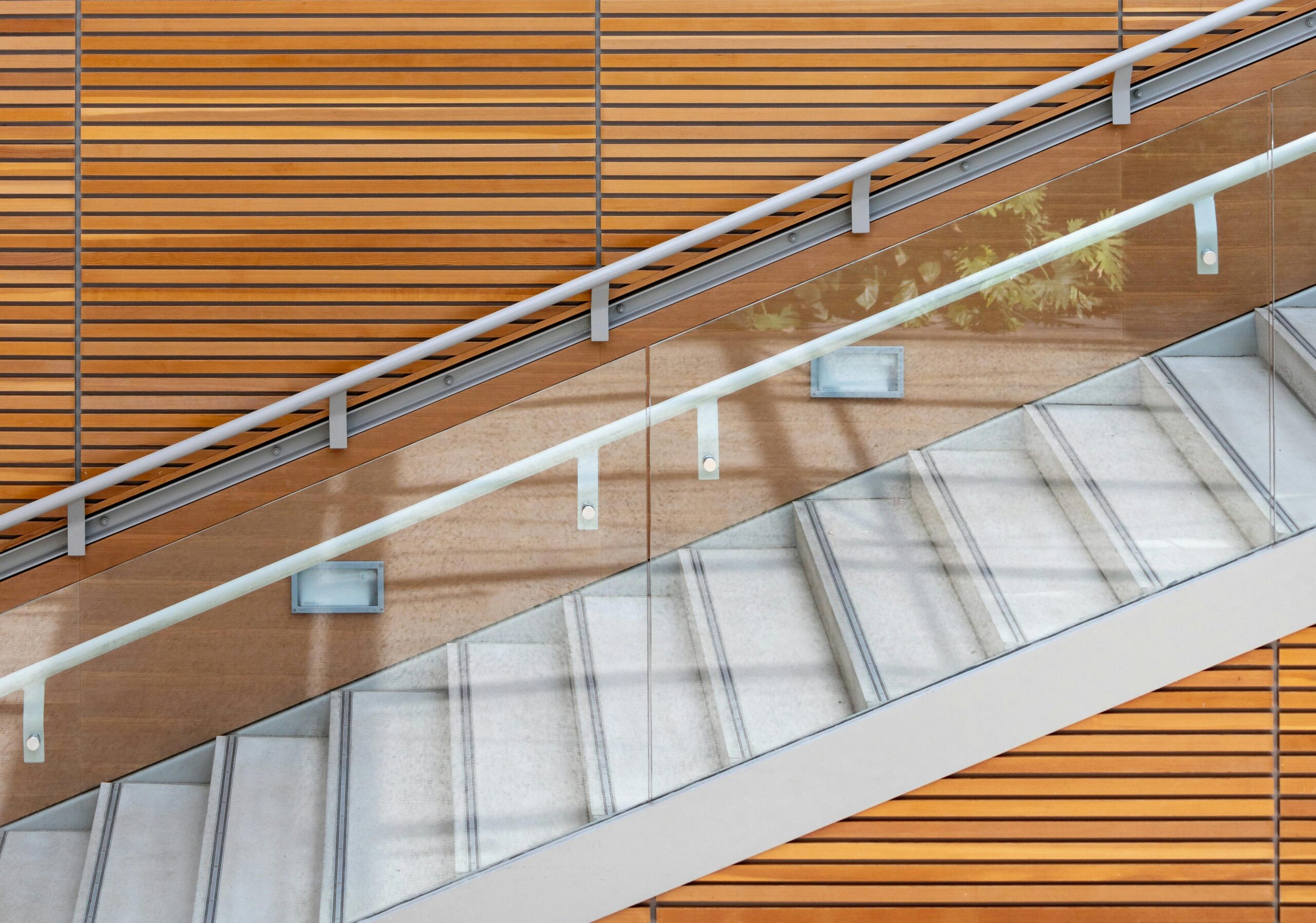
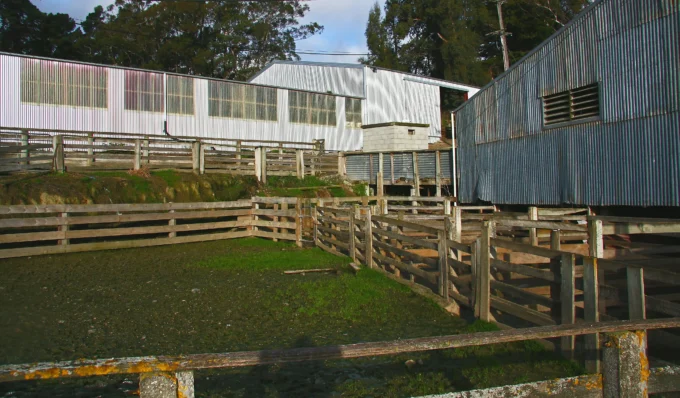



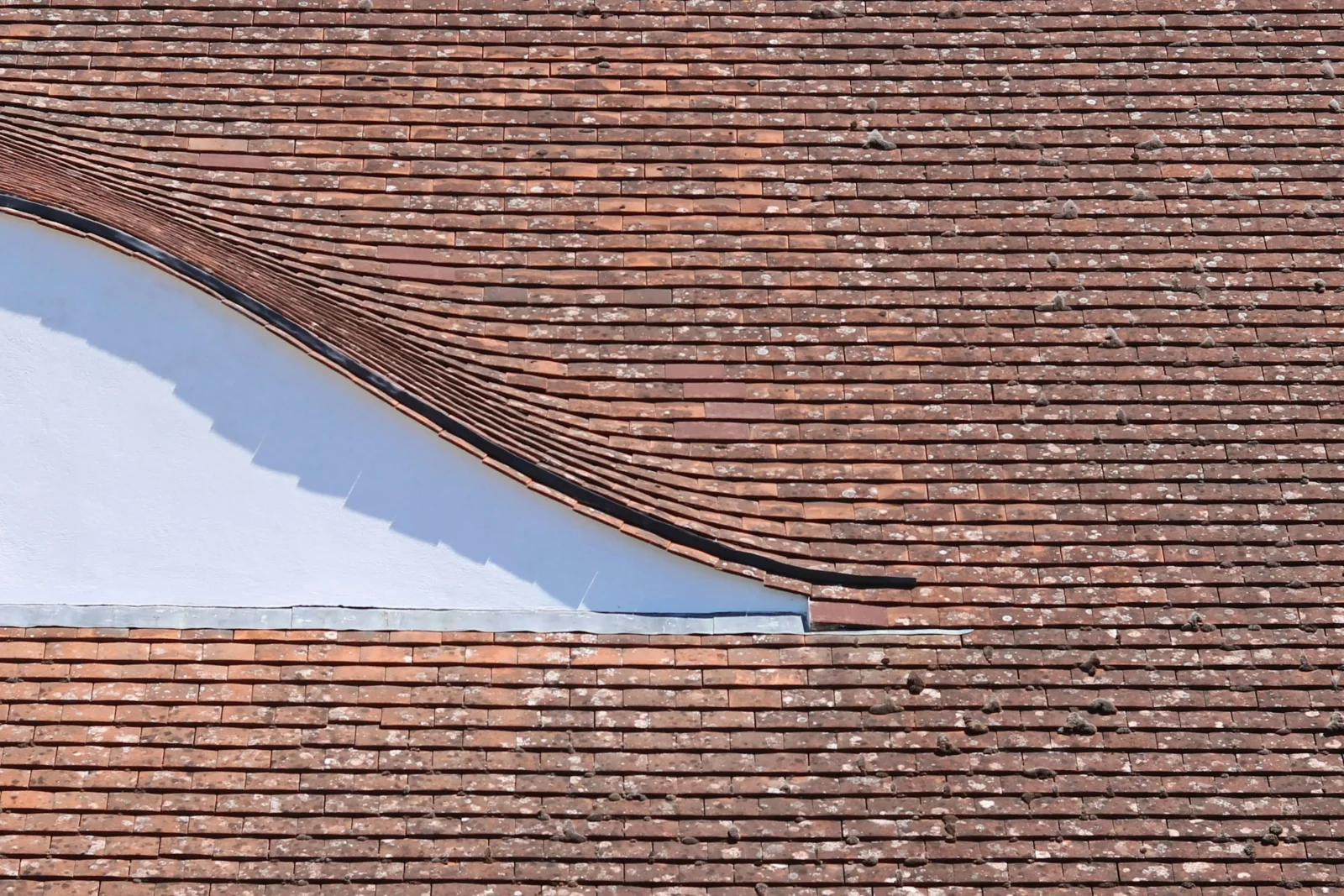
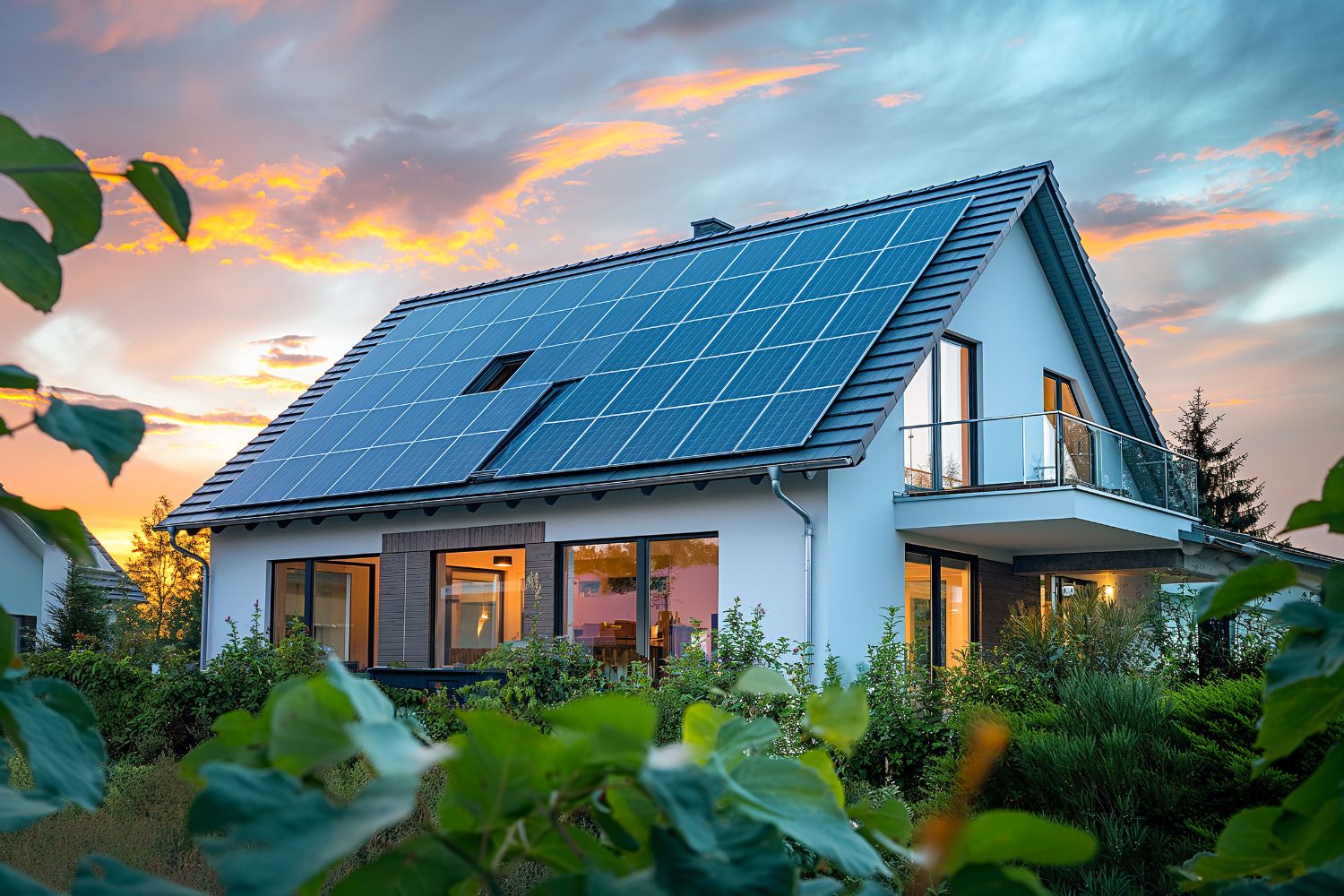
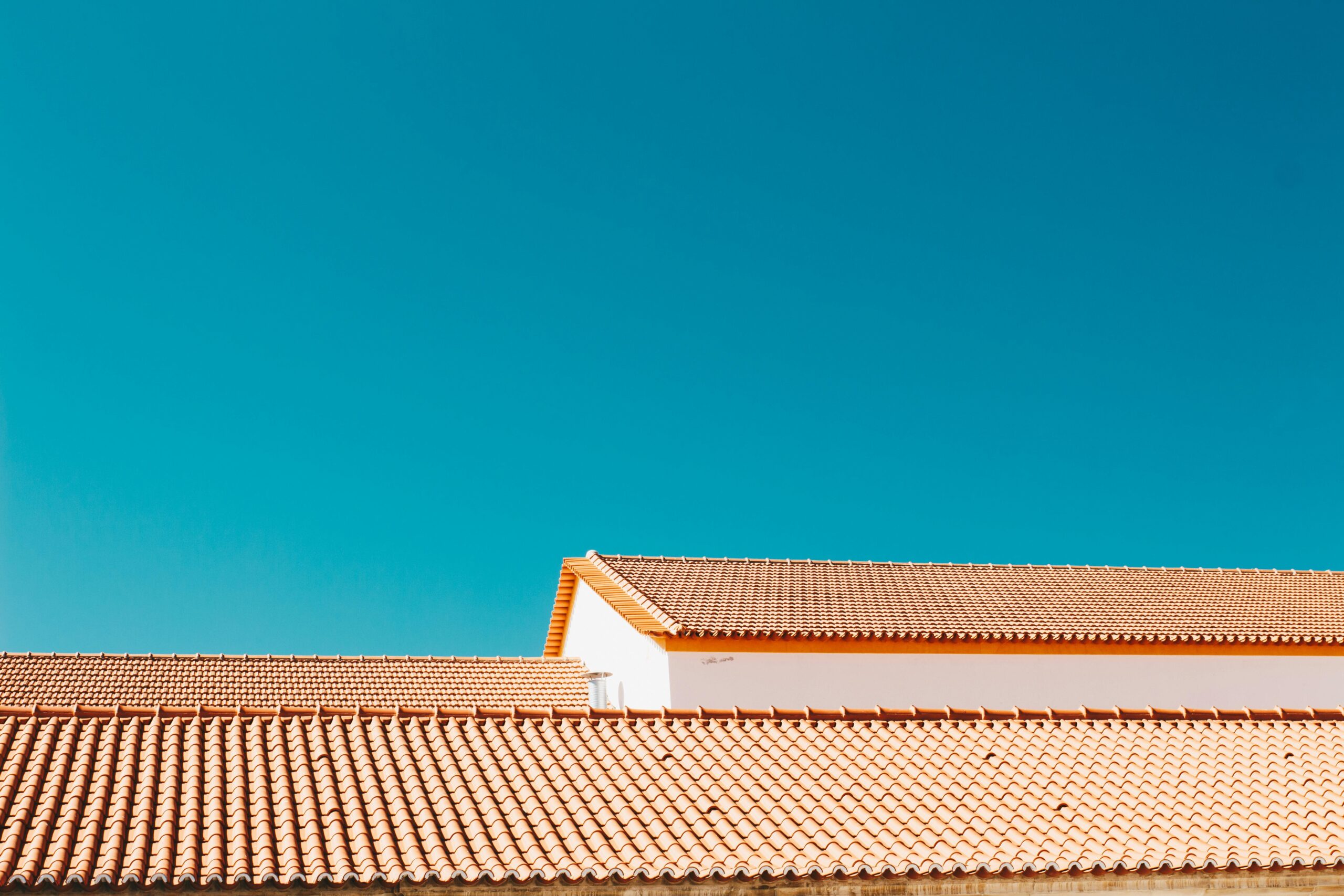
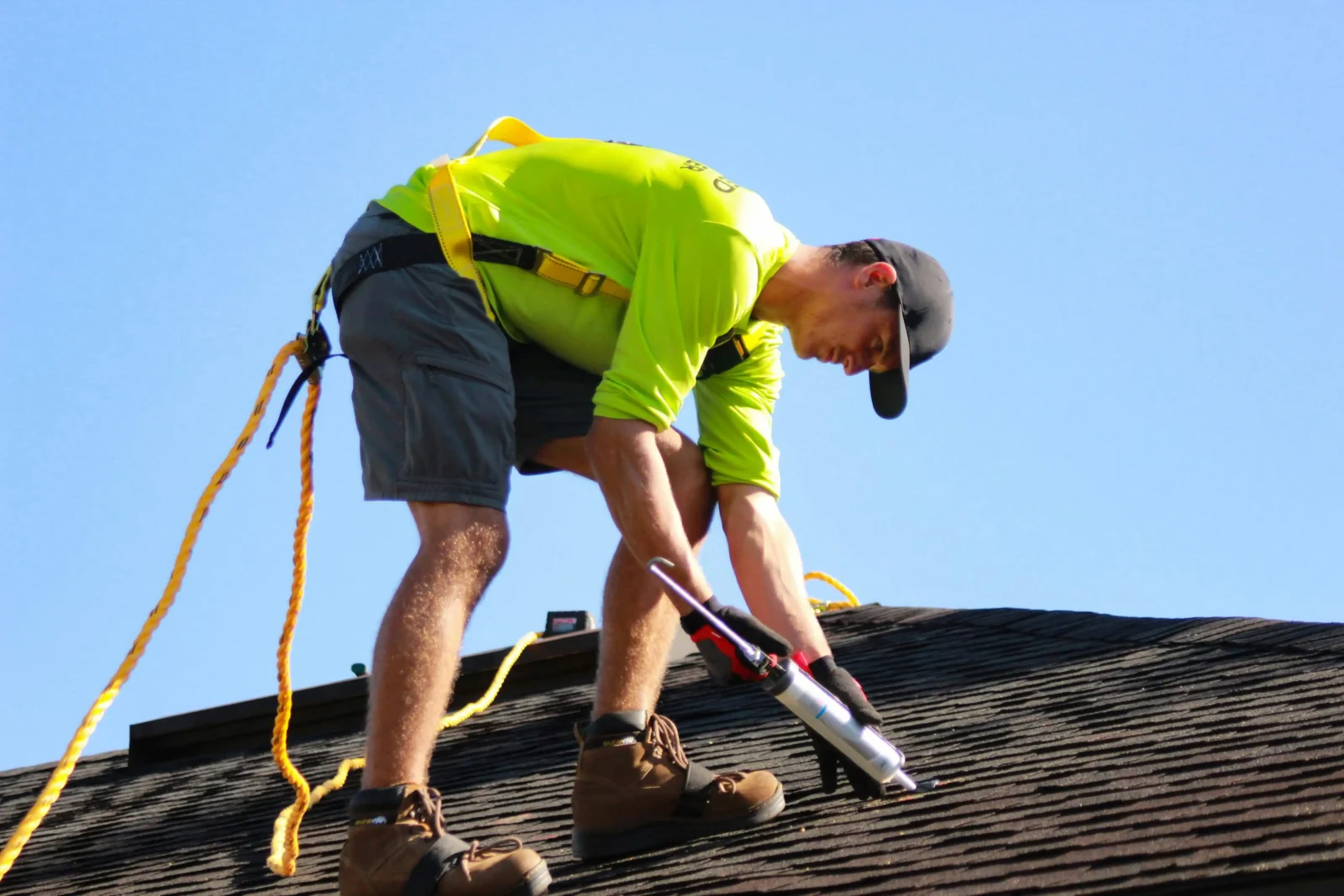
Leave a comment